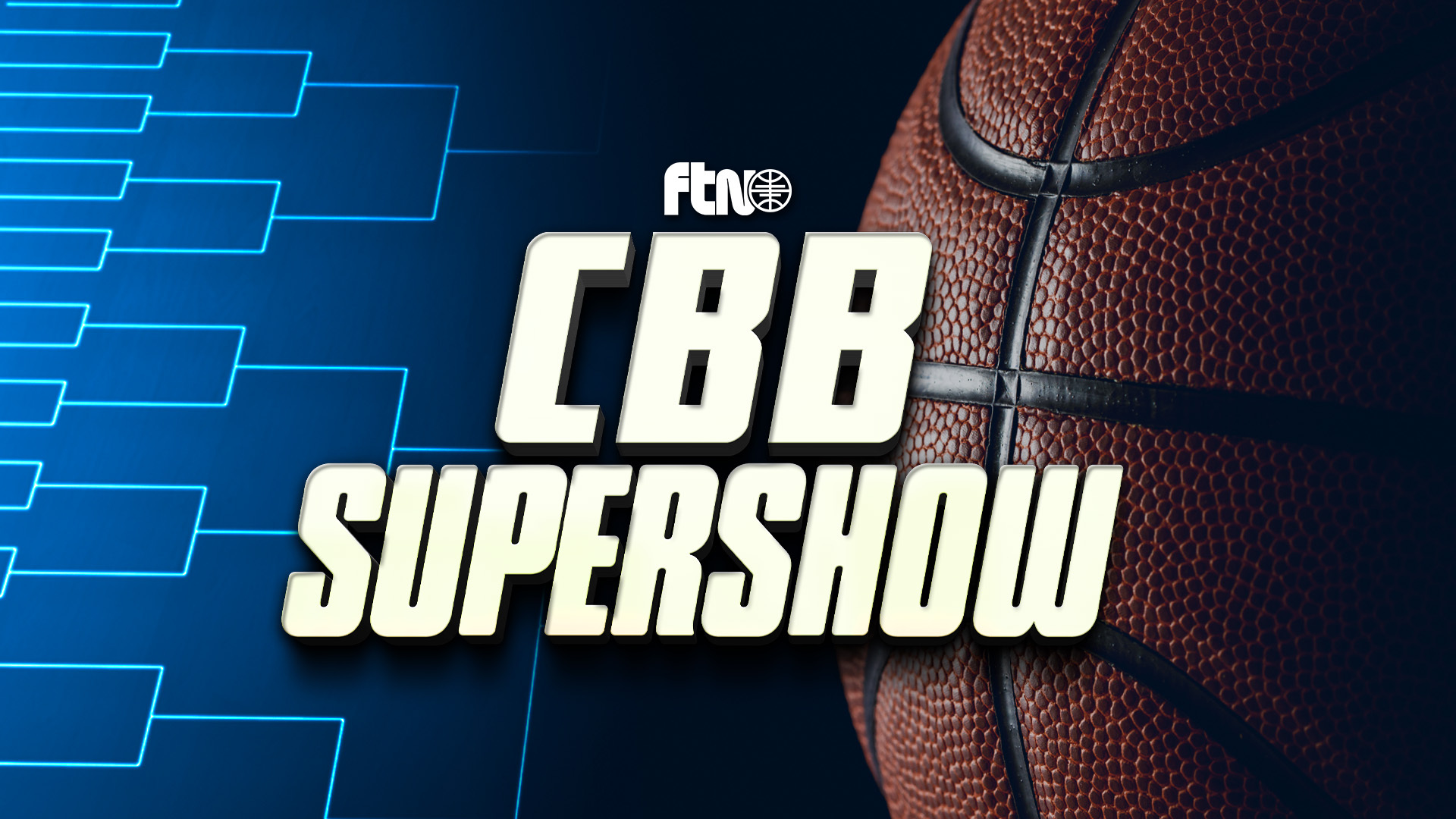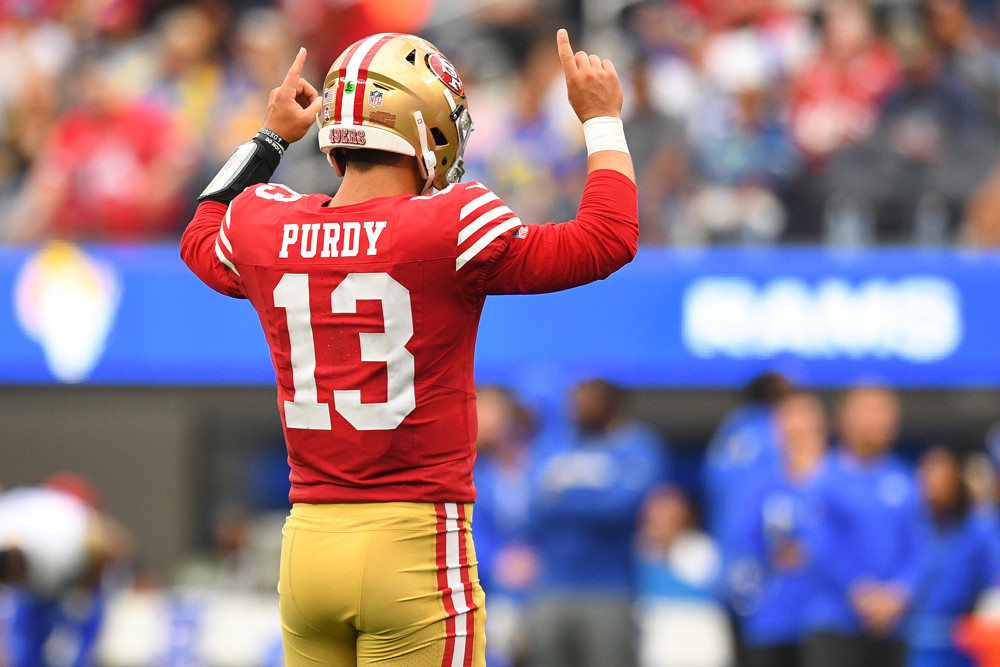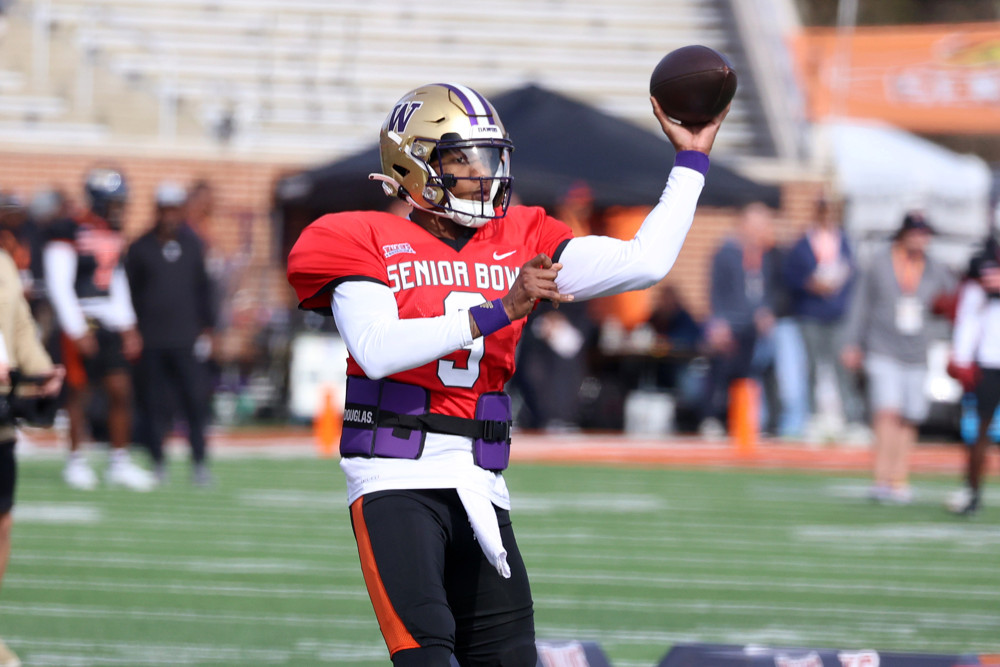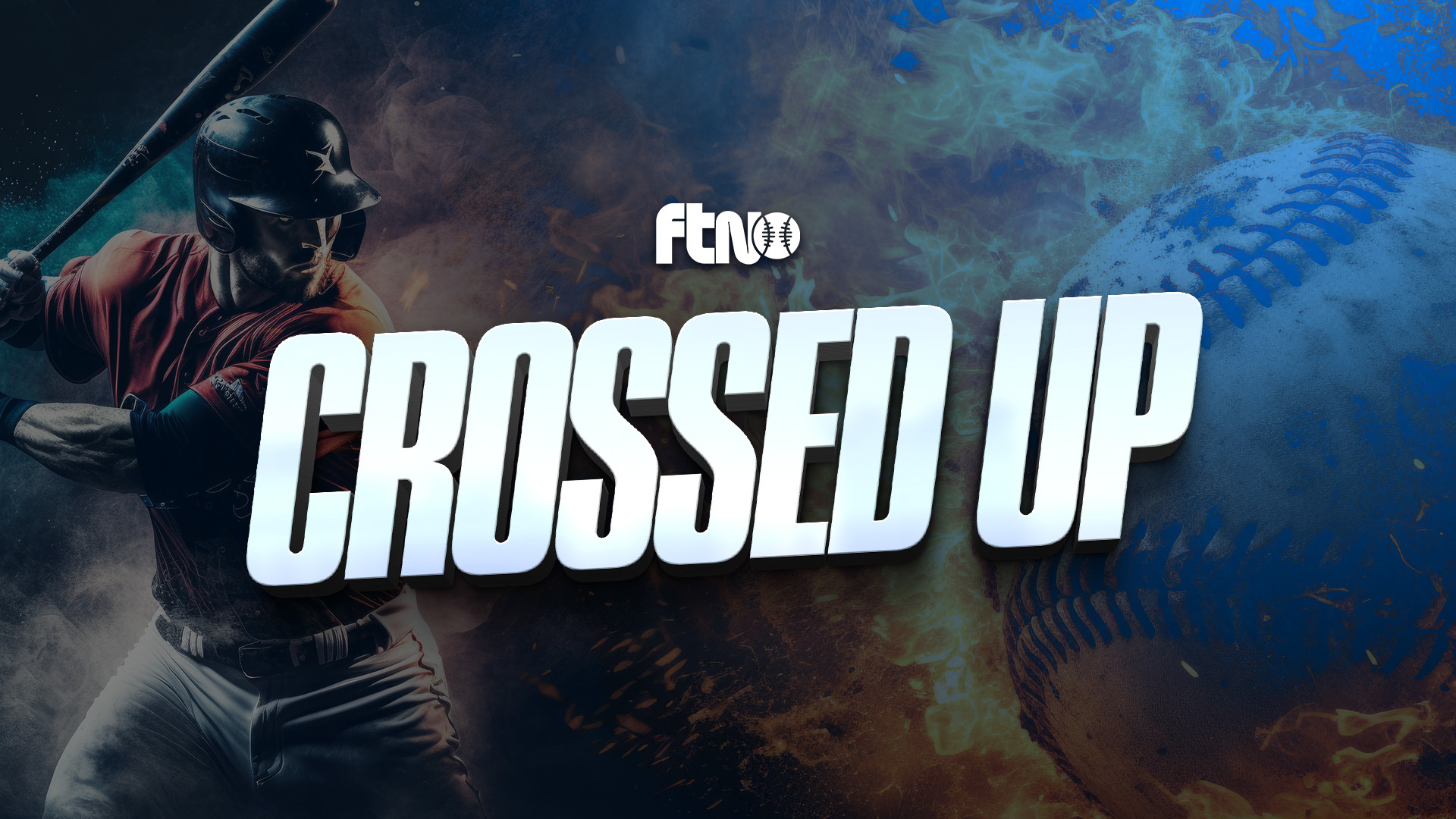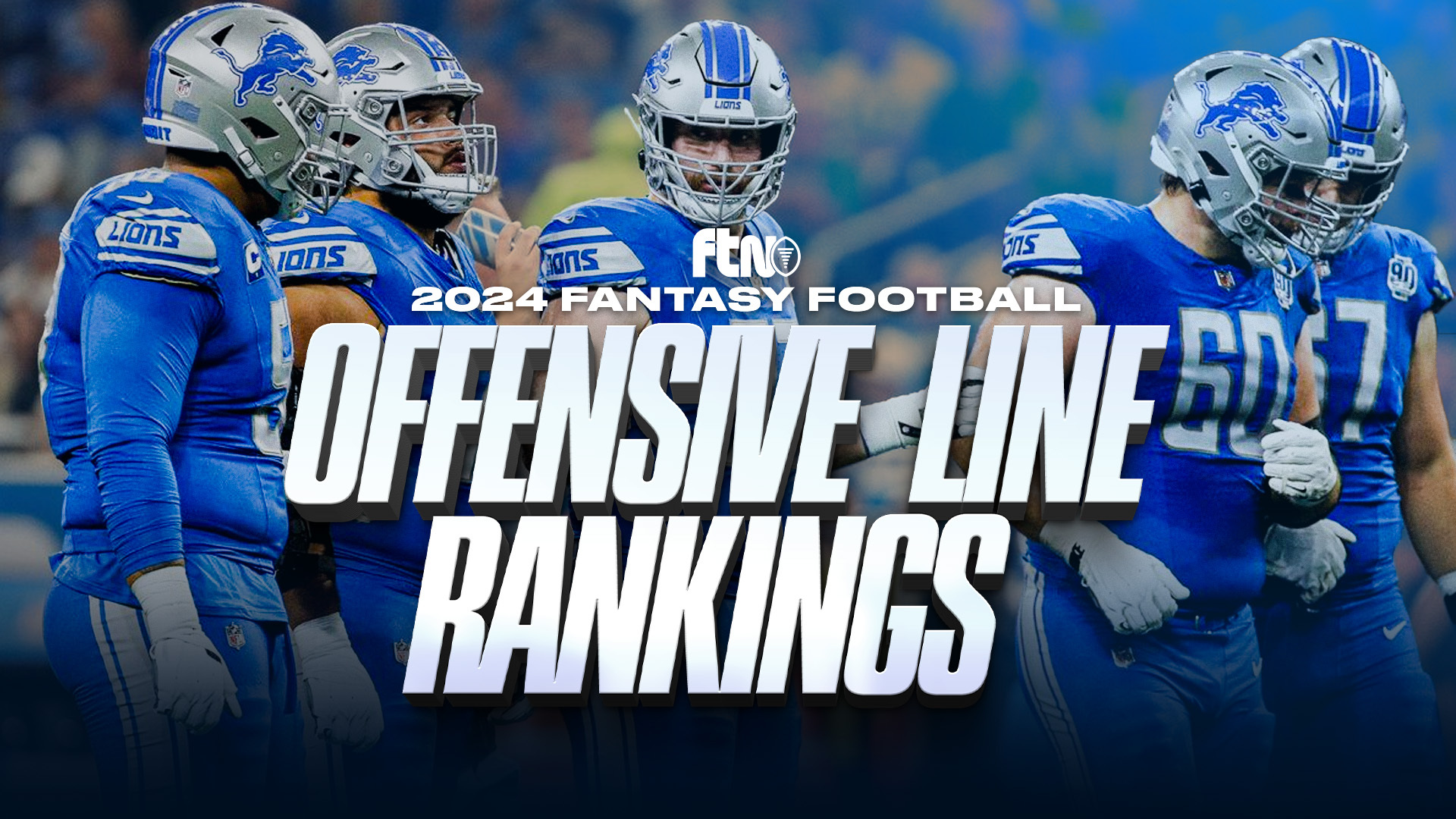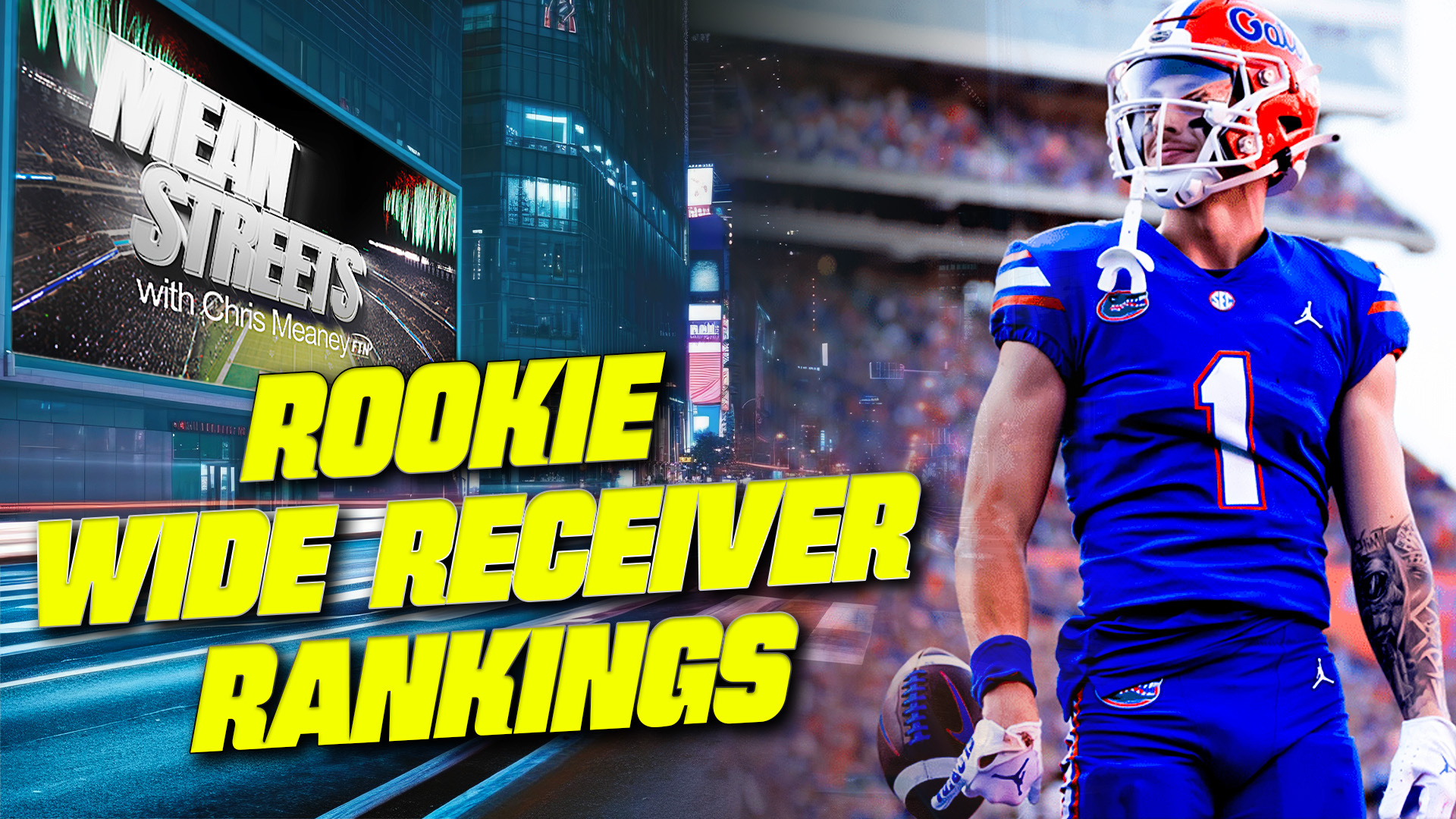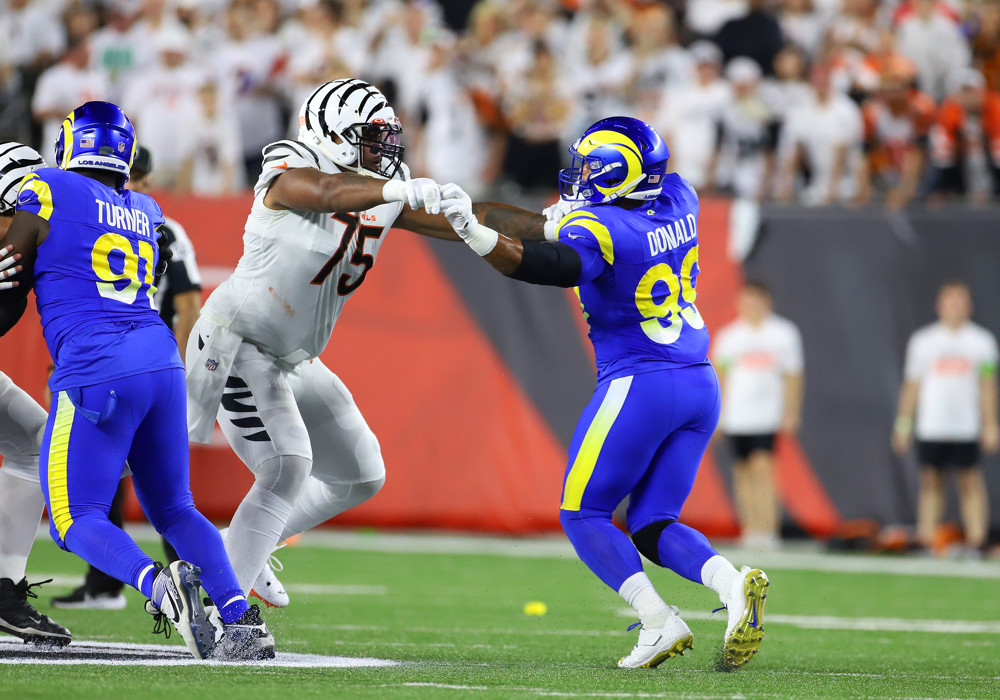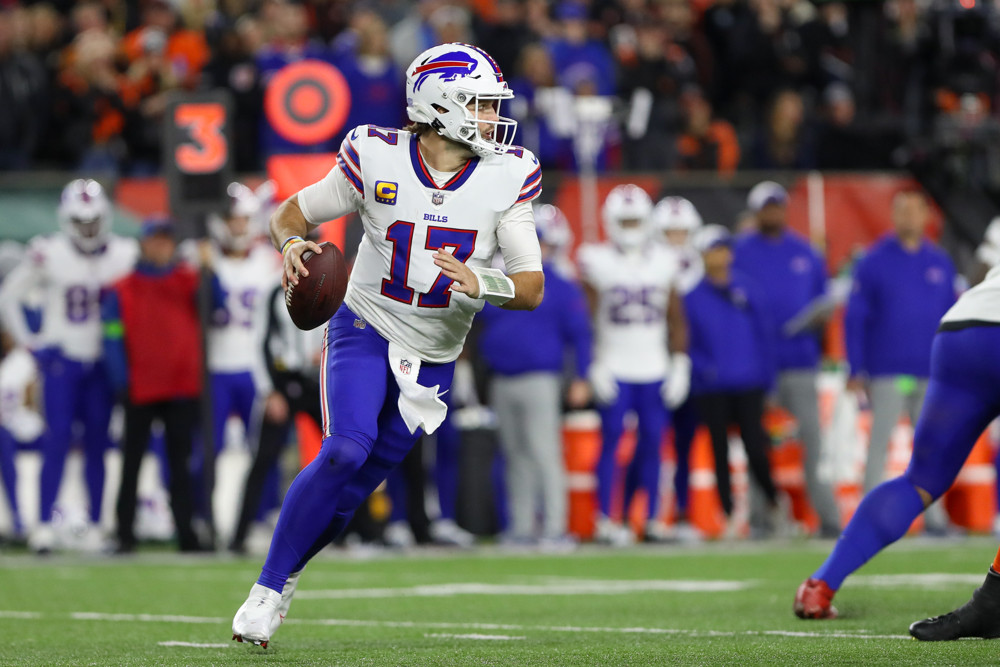
The problem is that the Baltimore Ravens are just that good.
The Baltimore Ravens finished the 2023 regular season with the No. 5 highest DVOA ever. Their season stood out for the huge victories over other good teams. They beat San Francisco 33-19 and it wasn’t that close. They beat Miami 56-19. They beat Detroit 38-6. And they beat the Houston Texans, way way back in Week 1, by a final score of 25-9.
This was not a great game for Lamar Jackson, with just 169 yards passing, no touchdowns, one interception, and four sacks. However, the Ravens running game (including Jackson scrambles) had 32 carries for 110 yards and three touchdowns. That first game also stood out for all the penalties. Houston had nine accepted penalties for 88 yards while the Ravens had 13 accepted penalties for 106 yards. It was the only game all year where the Ravens had 10 or more accepted penalties.
C.J. Stroud was not C.J. Stroud yet back in Week 1. He had 242 passing yards but no touchdowns and he took five sacks with a fumble. That was just the start of his great rookie season, however. Even missing two games, Stroud ended up with the second-best rookie quarterback season ever by passing DYAR. Then he took apart one of the best defenses in the league last week, with Houston beating Cleveland in the wild-card round 45-14.
If there’s a reason the Texans can get the upset in this game, that’s it. Stroud already had a great game against one top defense. He could do it again. Otherwise, the Texans have no running game and a bad pass defense while the Ravens are good at everything. Oh, and their quarterback is probably going to win the MVP. Just like Stroud, Lamar Jackson got a lot better after that Week 1 matchup.
All stats are for the regular season only except for weighted DVOA and anything else noted below. Week-to-week charts represent that team’s single-game total DVOA, not just offense. The extra line is a rolling five-week average. If you’re checking out FTN’s DVOA for the first time, it’s all explained right here.
| HOU (10-7) | BAL (13-4) | |
| DVOA | 3.1% (12) | 45.5% (1) |
| WEI DVOA | 7.8% (11) | 53.2% (1) |
| Texans on Offense | ||
| HOU OFF | BAL DEF | |
| DVOA | 1.0% (14) | -23.3% (1) |
| WEI DVOA | 1.5% (15) | -23.8% (1) |
| PASS | 25.0% (10) | -28.8% (1) |
| RUSH | -19.1% (30) | -14.3% (7) |
| Ravens on Offense | ||
| HOU DEF | BAL OFF | |
| DVOA | 0.0% (16) | 19.1% (4) |
| WEI DVOA | -3.0% (14) | 22.7% (3) |
| PASS | 13.0% (23) | 32.1% (5) |
| RUSH | -17.2% (2) | 18.3% (1) |
| Special Teams | ||
| HOU | BAL | |
| DVOA | 2.2% (7) | 3.2% (3) |
WHEN THE TEXANS HAVE THE BALL
First of all, the Texans are better than the offensive numbers listed in the table above. C.J. Stroud missed Weeks 15 and 16 with a concussion. If we remove those two weeks with Davis Mills at quarterback and then add the wild-card game against Cleveland, Houston moves from 1.0% (14th) in offense and 25.0% (10th) passing the ball to 6.5% (12th) in offense and 35.1% (fifth) passing the ball. Their passing game (including scrambles) would narrowly move ahead of Baltimore’s.
Stroud is obviously red hot coming off the great performance against Cleveland last week, but history is filled with quarterbacks who had awesome games in one round of the playoffs and then struggled a week later. A better guide to Stroud’s performance is that ranking of fifth that includes the Cleveland game but doesn’t overweight it. And hey, that’s a pretty good performance for the season!

The problem is that most of Stroud’s strengths are countered by the Ravens defense, which was No. 1 in the NFL this year by DVOA. For example:
- Stroud ranked third among quarterbacks this year in DYAR (total value) on deep passes over 15 air yards. But the Ravens had the No. 1 defense against deep passes.
- In games started by Stroud, the Texans ranked second in pass DVOA on first downs behind only San Francisco. But the Ravens had the No. 1 defense against passes on first downs. (They were also No. 2 on second downs, where Stroud was 13th, and No. 1 on third downs, where Stroud was 10th.)
- Although the Texans offense was better this year against nickel defenses (9.0% DVOA vs. -8.1% DVOA without Weeks 15-16), the Ravens defense was better when they were in nickel defense (-4.9% DVOA vs. -24.2% DVOA).
Is there anywhere that Stroud can specifically take advantage of the Ravens defense? Well, there are some relative weaknesses. For example, Stroud led all quarterbacks this year in DYAR on passes over the middle and the Ravens were “only” fifth in DVOA on passes over the middle. Nico Collins finished second in the league in receiving DVOA among qualifying wide receivers and the Ravens rank only 12th in DVOA covering No. 1 wide receivers.
One thing that will make life easier for the Texans is that while the Ravens get a lot of sacks, they do not bring a ton of pressure. PFR only ranks the Ravens 23rd in pressure rate this year. That’s good because C.J. Stroud declined dramatically when he was under pressure as a rookie. Based on NGS charting of pressure, Stroud went from the second-best DVOA without pressure to the 17th-best DVOA (out of 32 ranked quarterbacks) with pressure. That was the biggest drop of any starting quarterback.
Stroud’s performance also dropped a bit when he was blitzed, going from 32.6% passing DVOA to 17.2% passing DVOA. In the Week 1 matchup, the Ravens had success blitzing Stroud, holding him to just 3.7 net yards per pass on 13 blitzes. The Ravens played primarily zone coverage against Stroud in Week 1 (Cover 4 and Cover 6) and held him to 5.0 yards per pass on these plays compared to 7.4 yards per pass in man coverage.
For the season, the Ravens were the No. 1 defense in zone coverage and eighth in man coverage. All the Baltimore cornerbacks had good DVOA in the new cornerback coverage DVOA except for Arthur Maulet, slightly below average at 4.2%. Kyle Hamilton (-37.1%) and Marlon Humphrey (-33.4%) were near the top of the league.
We haven’t even talked about the Texans running game, mostly because the Texans running game is not good. Ravens fans think of their run defense as a weakness but that weakness is relative, as the Ravens still rank in the top 10 for run defense. The Texans did get a better performance out of Devin Singletary than Dameon Pierce this season. Their best direction for running is left end, where they are fifth in adjusted line yards. Houston specifically wants to stay away from inside zone concepts, where they were successful 7.6% less often than the NFL average.
It’s very important for Houston to get yardage on the first couple of downs because the Ravens were an absurd -83.3% DVOA (first in the NFL) on third-and-long. The Texans can’t fall behind the chains with run stuffs for no gain.
WHEN THE RAVENS HAVE THE BALL
The Texans offense was very good when C.J. Stroud was healthy. The Ravens offense was even better. Take out the Week 18 game where backup Tyler Huntley played in a rainstorm, and the Ravens ranked second in offensive DVOA behind the San Francisco 49ers. The passing game improved over the course of the season although the running game declined a little bit (down to fourth in Weeks 10-18).

The quality of the Baltimore offense was pretty evenly spread throughout situations. They were fourth on first down, fourth on second down, and eighth on third down (but with a slightly higher DVOA than they had on either first or second down). When we split the field into 20-yard zones, the Ravens were sixth or higher in each zone including fifth in the red zone. They were 10th or higher in DVOA in each quarter and both fifth from shotgun and third from under center.
The Texans defense was fantastic against the run this year but not very good against the pass. The numbers here are interesting. The Texans ranked third in ESPN’s pass rush win rate but 23rd in pass defense DVOA. That certainly suggests the problem was the pass coverage. And yet, all three of the main Houston cornerbacks come out well in the new cornerback coverage DVOA. The problem for the Texans seems to be more about when linebackers or safeties are in coverage. That could be an even bigger problem with tight end Mark Andrews returning from an injury that has kept him out since Week 11.
Another important Texans weakness comes on passes to the offensive left. Jackson ranked second in both DVOA and DYAR on passes to the left side. The Texans were dead last against passes to the offensive left. That’s Steven Nelson‘s side, which again is why it is so strange that he came out with -15.9% cornerback coverage DVOA.
Lamar Jackson has struggled with a blitz this year. Jackson goes from 7.1 yards per pass and 38.3% DVOA without a blitz to 5.7 yards per pass and 3.6% DVOA with a blitz. And the Texans defense gets better when it blitzes: 6.6 yards per pass and 14.5% DVOA allowed without a blitz but 6.3 yards per pass and -4.7% DVOA with a blitz.
However, Lamar Jackson in general is better under pressure than almost any other quarterback. Only Dak Prescott had a higher DVOA rating on plays where NGS tallied pass pressure.
When the Texans blitzed Jackson in Week 1, the results were what you would imagine: more yards per completion but a much lower DVOA because of a lower success rate, an interception, and an intentional grounding.
Baltimore’s offensive DVOA is better with heavier personnel. For example, they had 6.8 yards per play and 33.5% DVOA from 21 personnel compared to 5.7 yards per play and 13.8% DVOA from 11 personnel. The Texans didn’t face much 21 personnel in 2023 but they were better against 11 personnel (-5.3% DVOA, 4.9 yards) than against 12 personnel (11.6% DVOA, 6.2 yards).
The fear of Lamar Jackson keeping the ball is part of what makes the Baltimore running game so efficient, but the Ravens are particularly good in short-yardage situations. That makes it even stranger that John Harbaugh suddenly became very conservative on fourth-and-1 this season. The Ravens were third in the league in short-yardage running (79% conversions) while Houston was 22nd on defense (71%) despite being second in adjusted line yards overall.
The Ravens have their highest adjusted line yards figure on runs up the middle and the Texans defense had its worst ALY on runs up the middle, even though they ranked second behind Cleveland on defensive ALY for those runs.
The Ravens running game will absolutely destroy your light box, with 5.5 yards per carry and 21.7% DVOA against six in the box and then 4.6 yards per carry and 13.7% DVOA against seven in the box. Even against eight in the box, the Ravens averaged 4.5 yards per carry with an awesome 33.7% DVOA. (DVOA is higher with eight in the box despite lower yards per carry because these tend to be shorter-yardage to go plays.) The Texans defense allowed similar DVOA ratings no matter how many men they had in the box, with the average yards per carry dropping with more men.
The Ravens will want to run with man concepts. Based on FTN Data charting, the Ravens have a 9.1% success rate advantage over the Houston defense on man/duo concepts and a 7.5% success rate advantage over Houston on power concepts. They have a -7.8% success rate disadvantage on inside zone even though they were successful 8.3% more than average — because Houston was successful on defense 16.2% more often than the NFL average on inside zone runs.
SPECIAL TEAMS
Both teams had strong special teams this year, but in different ways. What stood out for the Ravens were punt returns, where they ranked first in the league. Tylan Wallace won the game against the Rams with a punt return touchdown but regular punt returner Devin Duvernay should be back from injured reserve for this game and he had four returns of 20 or more yards before his injury. Justin Tucker had an off year (for him) but is still the greatest kicker in NFL history. For the Texans, what stands out are kick returns, where they ranked first in the league. That’s a little bit of a fluke because of the strange muff-turned-touchdown from Andrew Beck back in Week 3. But Dameon Pierce had a touchdown return as well, in Week 16. Punting value has been down for the Texans since veteran Cameron Johnston went down with a calf injury and was replaced by rookie Ty Zentner. Kicker Ka’imi Fairbairn is average but went 5-of-6 on kicks of 50 or more yards this year.
OUTLOOK
Four years ago, the Baltimore Ravens were the hottest team in the league by far going into the playoffs. Then they lost their first playoff game to Ryan Tannehill and the Tennessee Titans. It’s easier to see C.J. Stroud beating them than it was to see Mariota beating them four years ago. But it’s still not very likely. The Texans pass coverage simply isn’t good enough to keep up with all the Ravens receivers, especially with Lamar Jackson throwing the ball better than he ever has. The Ravens should also get some rushing yardage, even against a strong Houston run defense. And as good as Stroud is, the Ravens are going to tee off on him when the terrible Texans running game leaves him consistently facing third-and-longs. I expect the Ravens to take this game and move on to the AFC Championship.

















